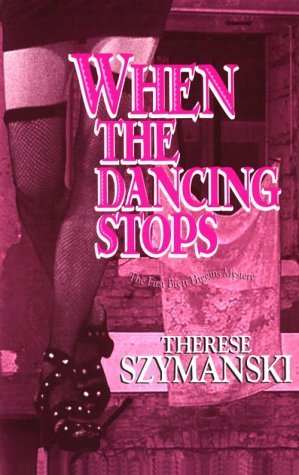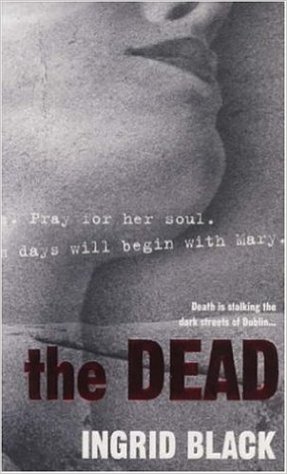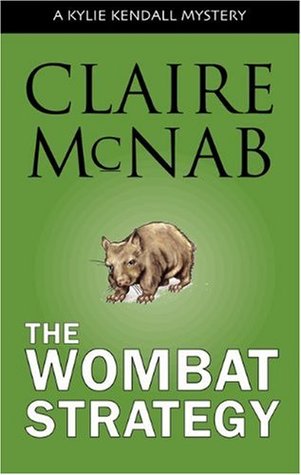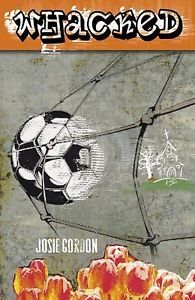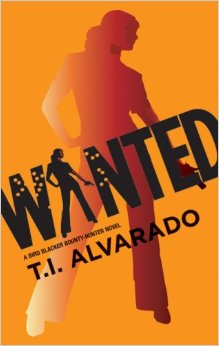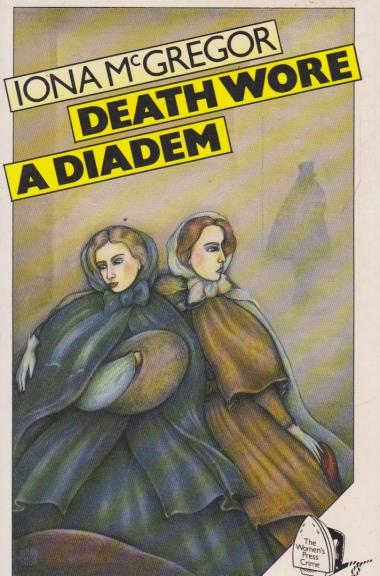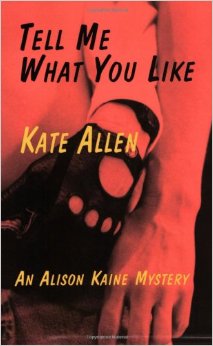Virginia Kelly is black. This is significant because it makes her the first African-American sleuth in lesbian fiction. Likewise, Nikki Baker is the first African-American author of lesbian mysteries. This makes In the Game an important literary event. At a mere 171 pages, this is one of Naiad’s shortest books, and it is also one of their sweetest.
Living in Chicago, where she got her MBA, Virginia Kelly has a well-paying job, an intelligent lover, and two good friends in Bev and Naomi. She certainly seems to have a good life going, but when Bev’s lover Kelsey is murdered near a lesbian bar, a pall is cast over them all. Naomi is worried about being outed if it becomes known that she associated with lesbian Kelsey. Ginny is worried that Bev will be charged with the murder and hires a lawyer to defend her. I guess that’s enough plot, because, although it is a good one, that’s not what makes this book outstanding.
Nikki Baker is one of the few authors who can outwrite her editor Katherine V. Forrest (Kate Allen is another). There is little poetic language or ethereal descriptions here; rather it is Ginny’s internal thought processes that put Baker in a class by herself. She waxes almost philosophical in almost everything she thinks about—from the presence of black women in high finance to love. And add chaos to that list: “Maybe craziness and order chase each other through our lives like seasons.” Ginny’s girlfriend Emily, like Gianna Maglione in Penny Mickelbury’s fine series of novels, is a white woman, so In the Game has another important racial element to it as well. In fact, black woman/white woman couplings seem to be a motif in Baker’s fiction. Another motif is that Ginny works in finance, an unusual profession for a black woman in the early 1990s—and don’t think that Ginny doesn’t obsess about that choice and about how she actually fits into a white, straight, world.
It is interesting that Ginny’s friend Naomi Wolf has the same name as the feminist author of The Beauty Myth, which came out in the same year as this book. Coincidence?
The only nitpick I can find in this book is that Ginny’s actions sometimes don’t live up to her thoughts. Not only does Ginny’s friend Naomi guess who the murderer is way before Ginny, but most readers will probably guess as well. A slight fault, and the only one this nitpicker can come up with.
Truthfully, it is hard to find a rating high enough for this book. Certainly it is as good as anything Naiad put out. And for it to be one of the first 50 or so lesbian mystery novels ever to be published speaks highly of the author and her editors.
For 200 other Lesbian Mystery reviews by Megan Casey, see her website at http://sites.google.com/site/theartofthelesbianmysterynovel/ or join her Goodreads Lesbian Mystery group at http://www.goodreads.com/group/show/116660-lesbian-mysteries


